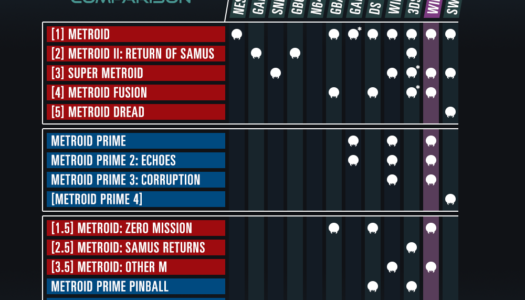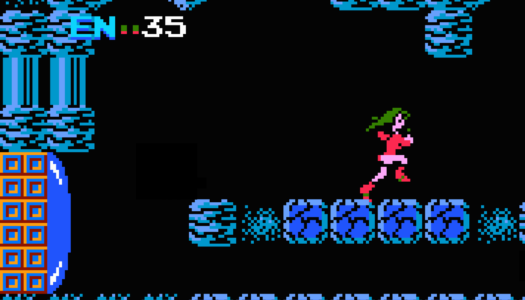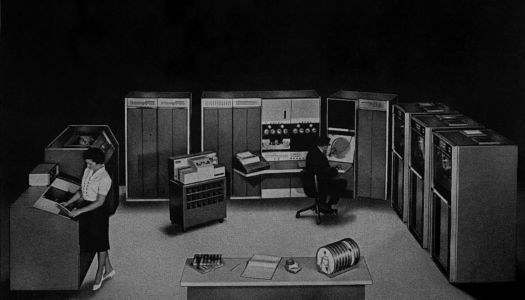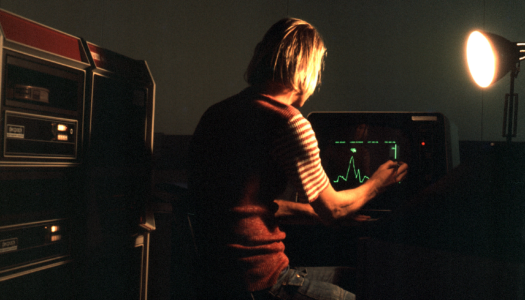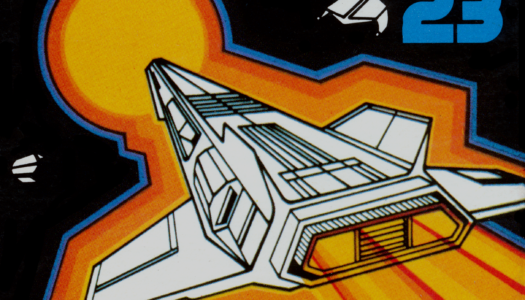Pokémon Black/White

Publisher: / Developer: / Platform:
Pokémon. Just the word instills rage in some and pure excitement in others. For a game series that has been around since 1996, Pokémon has yet to show any plans of stopping, and gamers couldn’t be happier. The newest Pokémon games, Pokémon Black and Pokémon White (B/W for the sake of this review) raises the Pokécount to 649 of the little Pokébastards, but rather than throw all of them at you at once, B/W eases you in by only introducing the new 150 before unleashing the (almost) entire Pokéhorde once you beat the main Pokéstory (okay, I’ll stop). Is this newest generation enough to keep veterans interested while getting the attention of an entirely new era of fans?
B/W keeps the Pokémon formula mostly the same while also introducing some new elements to keep things interesting. Rather than one rival that follows you throughout the entire game, your two best friends are given the remaining two of the three Pokémon you are able to choose from at the start. This is a welcome change in my opinion because while you’re unable to name your rival like in previous games (and c’mon, who didn’t name their rival “BUTT” as a kid?), there is more of an obvious friendship between the player character and his or her two friends, which makes the times you battle them seem more like friendly competition and less like unexplained rivalry.
In addition to the player character’s quest to obtain all eight Pokémon gym badges and challenge the Elite Four – the four most powerful Pokémon trainers in the region – the player will encounter Team Plasma, a revolutionist cult who believes Pokémon need to be freed from their oppressive masters (us). While this is a surprisingly deep protagonist for a kid-friendly game, that quickly becomes shattered by the fact that soon after you’re introduced to Team Plasma you figure out that their master plan of freeing Pokémon is actually just to steal them from their owners.
While the story to B/W has undergone some interesting changes, the gameplay is largely the same as it has always been. Capture Pokémon using various PokéBalls and do battle, watching your Pokémon level up, gain new attacks and sometimes evolve into entirely new Pokémon. But what about the main draw of the game: How are the new Pokémon? Well, its a mixed bag. Some Pokémon introduce new and interesting type combinations, like Scraggy’s Dark/Fighting type or the Bug/Electric Joltik. Other Pokémon have unique traits like Shelmet and Karrablast, two completely different Pokémon that will only evolve when traded specifically with one another. Some, though, just seem like throwaways. Vanillite (and its evolutions Vanillish and Vanilluxe) is a vanilla ice cream cone and Trubbish, a Pokémon that resembles a bag of garbage, which evolves into Garbodor, a Pokémon that resembles a large pile of garbage. While some may find novelty in Pokémon like these, I found their designs to be a little lazy.
Now I’m not saying the new Pokémon look bad. In terms of visuals, B/W is undoubtedly the best-looking Pokémon game yet. The normally straight top-down view is now tilted just slightly, which makes buildings and mountains look more like buildings and mountains and less like painted-on tilesets. In battle, Pokémon are fully animated, but only to a certain degree. They all have a looping idle animation, and will even close their eyes while sleeping, but attacks are pretty much the same as they have been in all of the other games, except that the camera will now zoom in and out depending on who is hitting and who is getting hit, which makes things seem a little less rigid. Most of the new Pokémon animations are pretty impressive, but once the full Pokédex is opened up is when the art starts to show its cracks. While a good number of the classic Pokémon are animated just as well, like Onix, who breathes and moves like a living creature and overall just looks intimidating and alive, others just seem lazy, stretching and rotating like some amateur Flash cartoon. I was extremely impressed with the animations overall, however it is a little disappointing to finally encounter one of your old favorites only to see it dance lazily around the screen.
Just like every other Pokémon release there are now two versions to choose from. But what’s the difference? Well, B/W actually has a larger difference between the two versions than in previous generations. Aside from the handful of Pokémon specific to each version, most of the unique features are found after you’ve beaten the main story. The most unique feature to each version is an area players can travel to, either Black City or White Forest, depending on which version you have. Black Version’s Black Forest is a large city with many other Pokémon trainers to fight and a large shop with many rare (yet expensive) items. White Forest, exclusive to White Version, is a thriving forest with many low-level Pokémon to catch.
The problem, however, is the way in which the game handles what’s inside Black City and White Forest. See, each game only comes with three random trainers out of a large list which populate either Black City or White Forest, depending on which version you have. These three trainers control which Pokémon you can catch in White Forest, and are obviously the only trainers to fight in Black City. In order to get more trainers, you need to visit other peoples’ games using the Entralink feature, which is sort of like a co-op mode. With Entralink, you can enter into another person’s game and walk around as if you were in the game with them. While you cannot catch any wild Pokémon while in another person’s game, you are allowed to visit their Black City or White Forest and invite the denizens back into your game. When this happens, the trainers you’ve invited in will live in your area, allowing you to catch more Pokémon in White Forest or battle more trainers in Black City. While it is a very interesting idea, if you don’t have anyone else to play with you’re kind of screwed out of this portion of the game.
Despite all my grumblings I really did enjoy my time with this new version of Pokémon. Catching and raising Pokémon never grows old, and especially now with the new animated sprites there’s an entirely new reason to catch your old favorites all over again, as well as embrace the newcomers. While the postgame isn’t as grand as previous titles, and some great features are missing completely (Pokémon can’t follow you around anymore? That was awesome!), Pokémon Black and Pokémon White introduce the fifth, and quite possibly greatest Pokémon generation yet. Veterans of the series will definitely not want to miss this one, and the fact that you’re only introduced to the new 150 Pokémon until the end of the game ensures that newcomers to the series won’t feel overwhelmed. Do yourself a favor and buy Pokémon. You’ll enjoy it.










